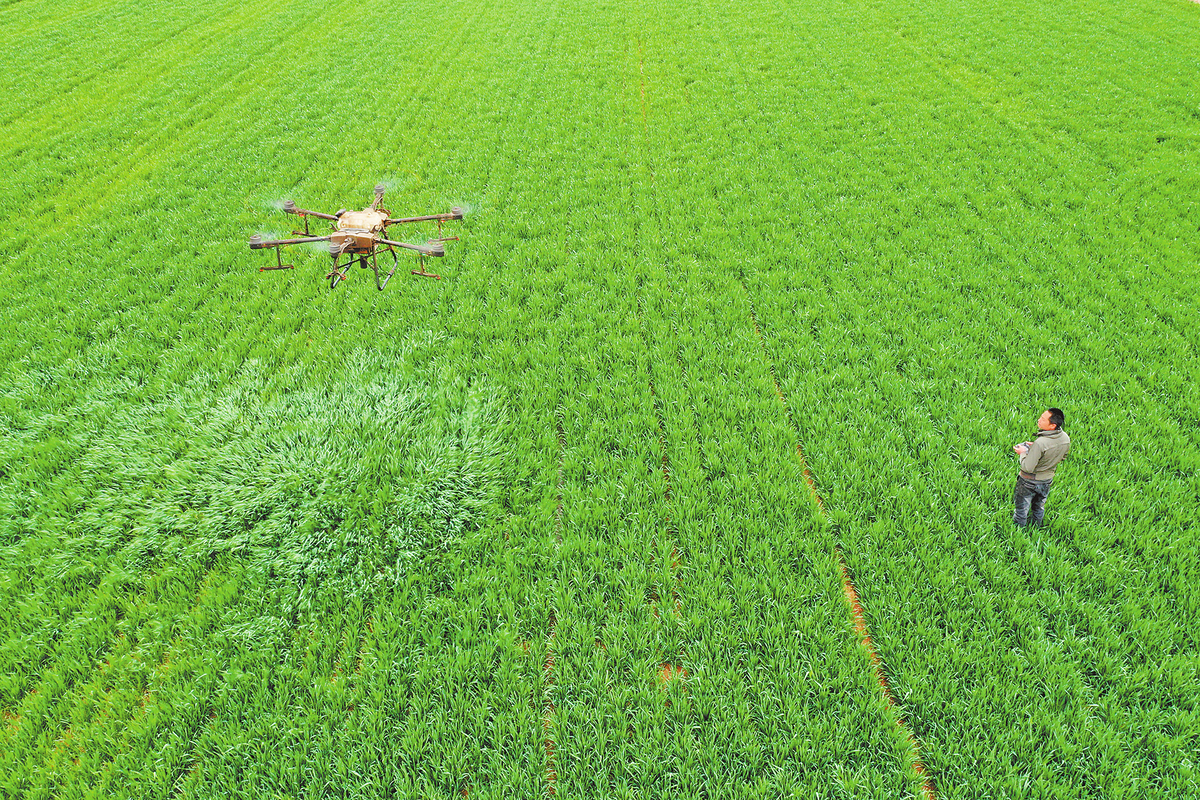Can operable drones help improve smart cities? See how it’s done.
With the continuous development of urbanization, it is expected that 68% of the world’s population will live in cities by 2050, and cities will need to continue to adopt innovative intelligent technologies to ensure the high-quality life of their citizens. Operational multipurpose drones will become an important component of the smart city ecosystem, addressing challenges such as urban planning, food systems, infrastructure development, sustainable energy, public safety, and emergency response.
In urban planning, drones can be used to map and measure large areas of land, requiring only a fraction of the time required by traditional methods. In addition, it can reach areas that are difficult to access. Mapping can provide detailed and comprehensive maps of urban landscapes and structures, enabling urban planners to make informed decisions on land use, zoning, and infrastructure development.
As the urban population continues to grow, the need for sustainable local living will become even more important. This is where operational drones can have a significant impact, helping decision makers identify undeveloped areas that can be used to expand urban agriculture, create green spaces, and introduce more ecological initiatives.
In smart city construction projects, using autonomous drones is another area where significant benefits can be seen in terms of efficiency, safety, accuracy, and cost effectiveness. Automated drones equipped with sensors and cameras can collect large amounts of data in real time, simplifying the construction process. It can survey land distribution and topography faster and at a lower cost, and optimize other overall processes such as risk assessment and renovation planning.
UAVs can also play an important role in construction supervision and progress inspection by overlaying captured images onto architectural designs and drawings. This allows real-time monitoring of project progress, identifying defects, and eliminating human errors in quality inspections.
Operational drones can also play a central role in making smart cities safer. UAVs can be directly connected to the emergency response center to assist in incident assessment and help on-site teams manage situations more effectively.
With the rapid development of drone technology, the application of drones in smart cities is obviously endless. Whether it’s delivery of the last mile, construction site monitoring, city mapping, or emergency response, operable drones are changing the rules of the game with their ability to capture, share, and respond to data.
With the continuous development and evolution of urban space, unmanned aerial vehicles (UAVs) are likely to become the main subverters of urban operations, making cities smarter, more efficient, and better able to cope with future challenges.







Please sign in to comment
register